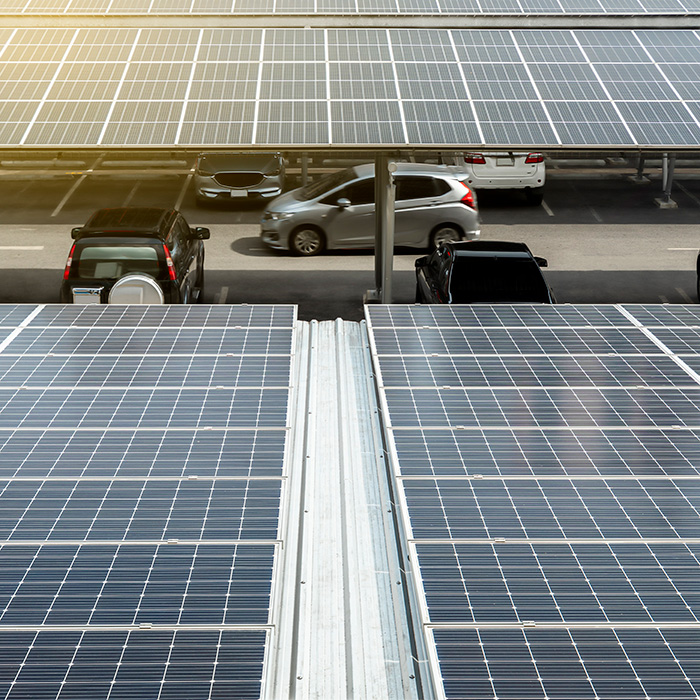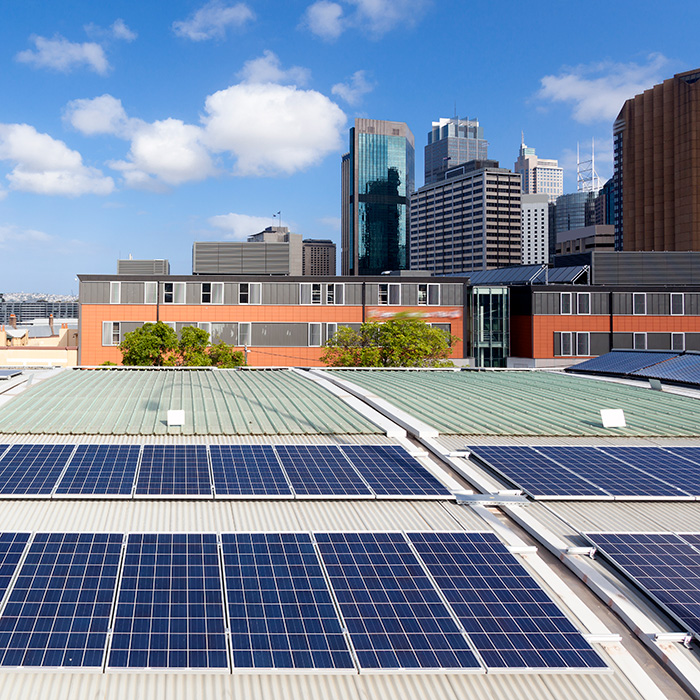
AYR Green Energy
Bringing green energy to urban areas.
AYR Green Energy is part of an integrated eco-system that adds value to real estate development projects. It maximises a project’s value by integrating other business elements, such as data centres, to increase investment yields. Designed for real estate developers, community housing providers, governments & private investors to build community-based projects and infrastructure that sustains long-term value, and significantly improves yields and returns for everyone.
New housing property developments
Infrastructure property developments
Existing urban buildings
- Open parking lots
- Warehouse rooftops
- Hospitals and health campuses
AYR delivers green energy projects to urban areas where it is most needed. Cities are often overlooked as areas for utility-scale solar power generation. It also makes sense to develop renewable power generation in places closer to where it is consumed.

SHIFTING THE PARADIGM
Changing traditional property developments.
Many infrastructure projects stick to old-fashioned development principles. Even though these developments serve their purpose, it’s our belief these principles need to be reviewed and updated, and be faster in delivery. A distinct shift in paradigm is required for the modern and future world.
Current Methodology
Critical mass — For critical mass and economies of scale, most solar energy plants are located beyond urban areas, mainly in regional locations far from the consumers.
Cheaper land — The reason for these locations is that the land is cheaper and more extensive.
Blight on the landscape — The indictment of these developments is that these large solar farms are a blight on the landscape.
Environmentally sensitive — From an environmental aspect, they dominate the green pastures suitable for agriculture and harm natural habitats.
Longer development process — The scale of these solar farms is significant. An average project takes between one to five years to become operational.
Loss of power — Due to their location, electrical power is lost during power transmission to city locations.
Paradigm Shift
Vast open areas overlooked — In most urban precincts, vast open areas have sun exposure ideal for solar arrays. These include shopping centres, parking lots, rooftops, and many commercial & industrial sites.
Less impact on the environment — Cities are often overlooked for utility-scale solar power generation.
Closer to the consumer — It makes sense to develop renewable power generation closer to where it is consumed, with less electrical transmission loss.
Faster process — The deployment of solar arrays on large buildings is faster as the structure is already there. The approval process is shorter as it does not impact residential areas due to location. Similarly, solar canopies over parking lots protect the public from the sun and rain.
Quicker deployment — These applications could be operational and profitable in less than 12 months compared to regional solar farms.
Case Studies
Train Station Parking Lots
In many vehicle-centric around the globe, vast hectares are used for parking. Some are on a single level whilst some are multi-storey. Nevertheless, there is a huge opportunity to provide solar canopies or a solar array to generate solar energy and modular data centres. Besides powering the data centres, energy stored in supporting batteries can be used by trains and the station. Furthermore, the energy can power electric vehicles. As these stations draw significant foot traffic, a retail component can be developed to drive additional revenue to a project.

Shopping centres and warehouses
Every city has a massive expanse of flat roofs covering shopping centres and warehouses. These roofs are ideal for installing solar panels to cover a least a hectare at a time. The benefits include (a) the structure is readily available for fast installation and (b) the building can house the supporting modular batteries and data centres. The development approval process is not arduous as the panels cannot be seen, and the surrounding communities have already approved these buildings. Besides selling power to the building owners, electric charging centres can be installed.

